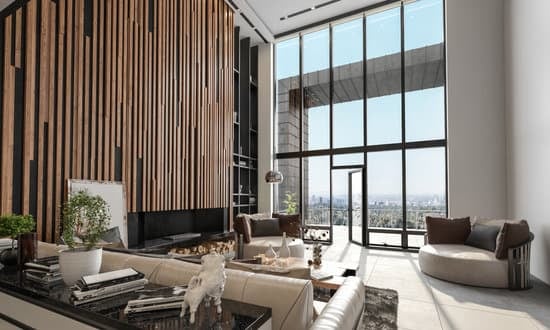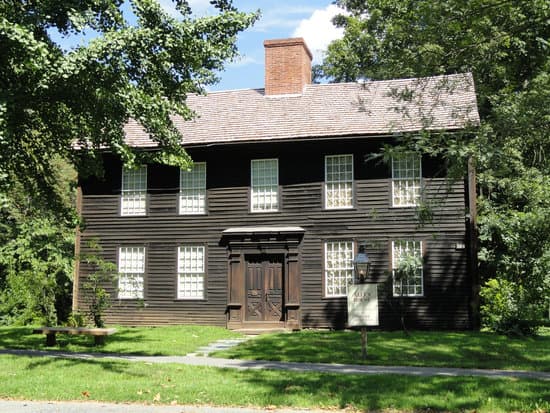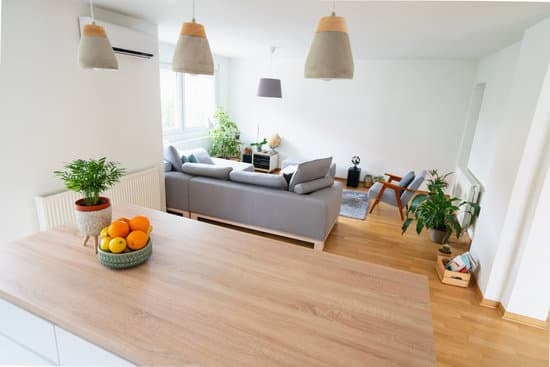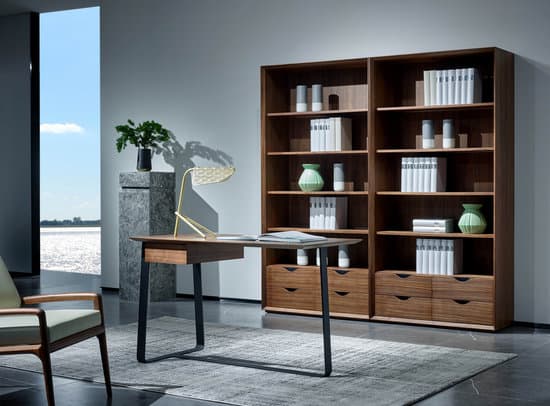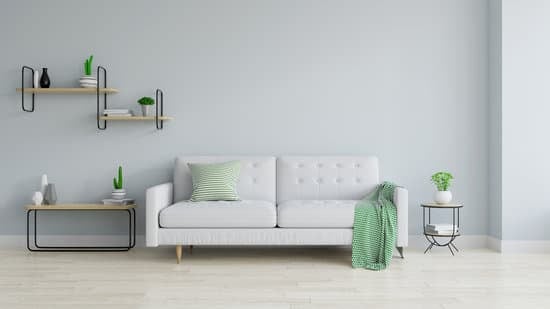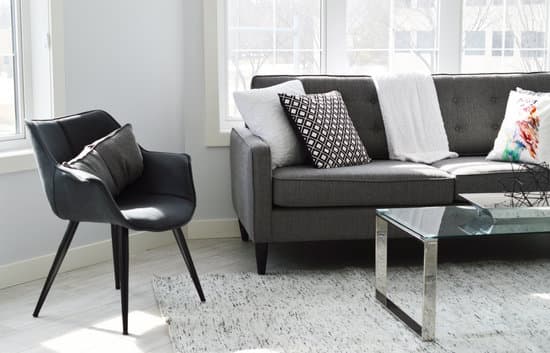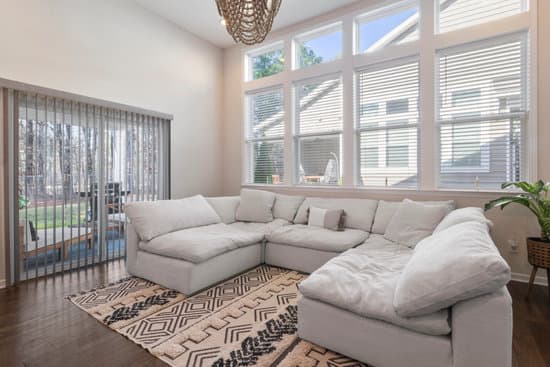The Origins of the Morning Room Concept
The morning room as we know it today is a concept that originated in the 19th century. It was a space designed to greet the first rays of morning light and to serve as a private space for the lady of the house to prepare for the day ahead. In most households, it was located on the east-facing side of the house to allow for optimal natural light. The morning room was typically a smaller, more intimate space than other rooms in the house. Its size and location allowed for a cozy atmosphere that was perfect for one-on-one conversations or quiet contemplation. It was also a space where the lady of the house could entertain close friends and family without the formality of a larger gathering space.Victorian Era Interiors and Their Influence on Modern Living
The Victorian era was a time of elaborate interior design and decoration. The morning room was just one of the many spaces in the home that was designed to be functional as well as aesthetically pleasing. Victorian style incorporated elements of various styles, including Gothic and Rococo, and placed a heavy emphasis on rich fabrics, ornate wallpaper, and intricate woodwork. Many of the design principles of the Victorian era have remained popular into modern times, and you can easily find examples of Victorian influence in modern homes. From the use of wallpaper to the incorporation of ornate crown molding, Victorian design elements have stood the test of time.Design Elements of a Victorian Morning Room
Design elements of a Victorian morning room often included:- Ornate woodwork, including crown molding, wainscoting, and carved banisters
- Elaborate wallpaper and window treatments
- Flooring made of hardwood or patterned carpets
- Rich fabrics, including velvet and brocade
- Antique or reproduction furniture, such as chaise lounges and wingback chairs
- Decorative accessories such as candelabras, cut glass or silver pieces, and flowers




